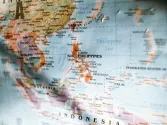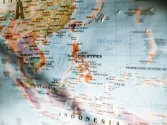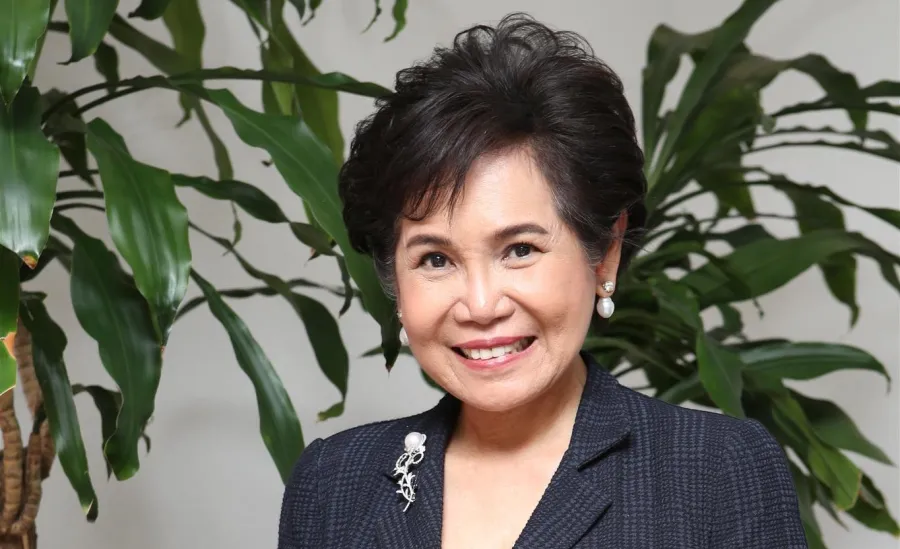
B.Grimm Power builds ASEAN's biggest solar plant
CEO Preeyanart Soontornwata targets to grow the company’s portfolio by investing in two solar plants in Vietnam with a 677MW capacity, forming ASEAN's largest solar farm.
In an exclusive interview with Asian Power, B.Grimm Power CEO Preeyanart Soontornwata talked about how the company gears up to develop the largest solar project in the ASEAN region. The company has started investing in two solar plants in Vietnam, which have a total installed capacity of 677MW.
Soontornwata shares how the company, in order to drive growth, holds the majority controlling stake in its investments, forms relational partnerships with communities and expands its in-house expert base. She gives also updates after B.Grimm Power’s US$305.9m initial public offering (IPO) in 2017.
What strategies have you employed to drive B.Grimm Power to success over the years? What is the company up to this year?
B.Grimm Power PCL (BGRIM) is part of B.Grimm Group, which has a 140-year history in Thailand. BGRIM has always been recognised by the market as a “real power developer,” with a high standard of quality and service. With a strategy of acquiring the major controlling stake in every power plant project, we are able to utilise our own in-house experts and professionals to comprehensively develop projects and manage operations with the best in class technology and highest efficiency, select the best EPC contractors and obtain the most competitive financing terms. As a result, we create “quality growth” from both technical and financial assessments and continuous improvements that lead to profit maximisation and comparatively high Equity Internal Rate of Return above our peers.
For BGRIM’s overseas ventures, the key success factor, besides our own highly experienced professionals with proven track records, is in our selection of “credible strategic local partners” who possess the expertise and experience in the business and local community relations, such as our strategic partners in the Lao PDR, Vietnam, and Cambodia.
Lastly, BGRIM continues to “improve our capital structure and financing cost” by tapping the best capital markets and exploring innovative financial instruments, such as the Infrastructure Fund. Moreover, BGRIM plans to issue THB debentures amounting up to THB 10,000-14,000 million this year for the refinancing of existing corporate and project loans and debentures, as well as funding of new investments.
How do you plan to develop ASEAN’s largest solar project and what is your outlook on solar power in the region?
Post COP21, every government has been trying to encourage investments in the renewable energy sector by upgrading their policy frameworks. The ASEAN region has a huge potential in solar energy due to its spread across the equator. IRENA estimates the power contribution by Solar PV generation to reach 54.7GW by 2025, from 3.5GW in 2016.
BGRIM recognises this opportunity and has already invested in a number of solar projects in the region, including ASEAN’s largest solar power plant, which has an installed capacity of 420MW, as well as another large-scale 257MW solar plant, both in Vietnam. The two solar power projects raise our international investment proportion from 5% to 26%, which is in line with our strategy for long-term sustainable growth of increasing investment in international renewable projects.
How has the company transformed since its initial public offering (IPO)?
We had a successful IPO on July 19, 2017, which attracted an overwhelming response from both domestic and international institutional and retail investors. The proceeds are being utilised through funding our success as promised to our shareholders.
We have used the IPO proceeds to repay loans and improved our net debt-to-equity ratio from 4.1 times to 1.5 times, which is a suitable baseline for our future growth and further development of new and existing power plant projects. Furthermore, the lower net debt-to-equity ratio has earned BGRIM a desirable credit rating of “A” with “Stable” outlook by TRIS Rating, which would enable us to manage our funding costs more effectively.
In the past 25 years, what are your company’s milestones?
In the past seven years, BGRIM has successfully developed 27 power plants, all of which were completed according to the scheduled commercial operation date (COD) specified by the power purchase agreement, and within the budgetary framework agreed with the lending banks.
Currently, we have a total operating installed capacity of 1,900MW, or 1,100MW in equity capacity, and we aim to maintain a strong growth by continuously investing in new power projects. BGRIM has already secured the capacity to construct and develop new power projects between 2018 and 2022 to achieve an installed capacity of 3,200MW, comprising 70% combined cycle cogeneration power plants and 30% renewable power plants.
What challenges has the company faced in terms of supplying power to Thailand and the rest of Asia?
The opportunity for power project investment in Thailand is significantly dependent on the Thai Power Development Plan, which is being revised by the Ministry of Energy and expected to be announced within this year or early next year. Similarly, one of the key challenges in supplying power in the international market is the government’s policy of each country, as the regulatory framework must justify the commercial aspects and offer a reasonable tariff for a project to be feasible.
Furthermore, the planning for potential project location with grid availability and suitable load factor in order to obtain the power purchase agreement and/or concession agreement is also
an important factor to consider.
What are your ambitions for Asia and what do you think are the key success factors to achieve these?
BGRIM’s ambition is to expand our business internationally to achieve an overseas installed capacity of 30% of our total installed capacity by 2022. For short-term strategy, we focus on renewable projects in CLMV, who have well-defined and clearly established power policies.
For long-term strategy, we aim to implement our SPP concept in neighbouring countries who are interested in attracting foreign investments, such as in Cambodia, where we have already initiated investment and constructed the distribution network for an industrial estate. As mentioned above, our key success factor for international investment is to engage “credible strategic local partners” who possess the expertise and experience in the business and local community relations.
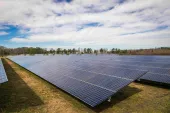



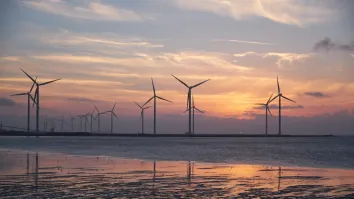
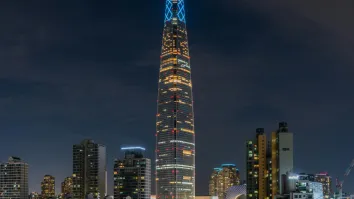




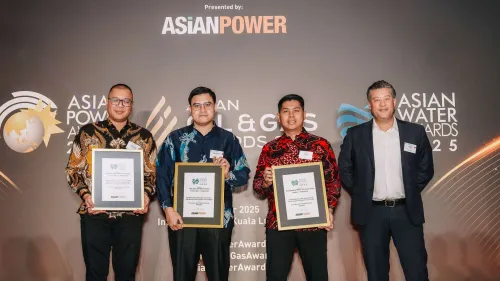
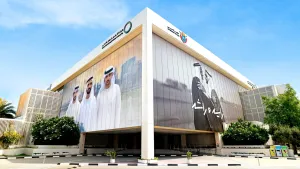
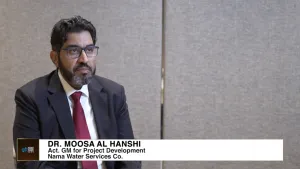






 Advertise
Advertise
